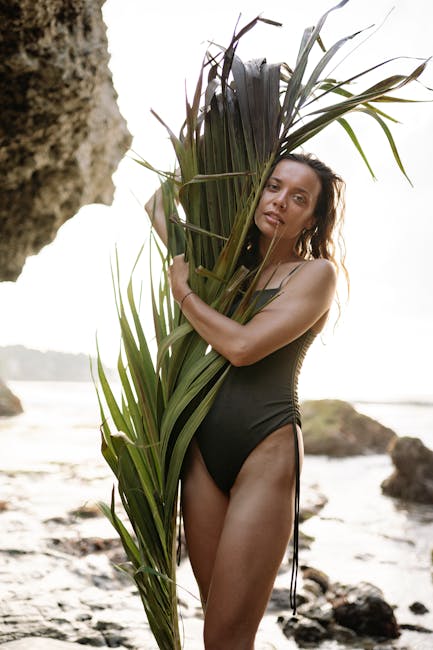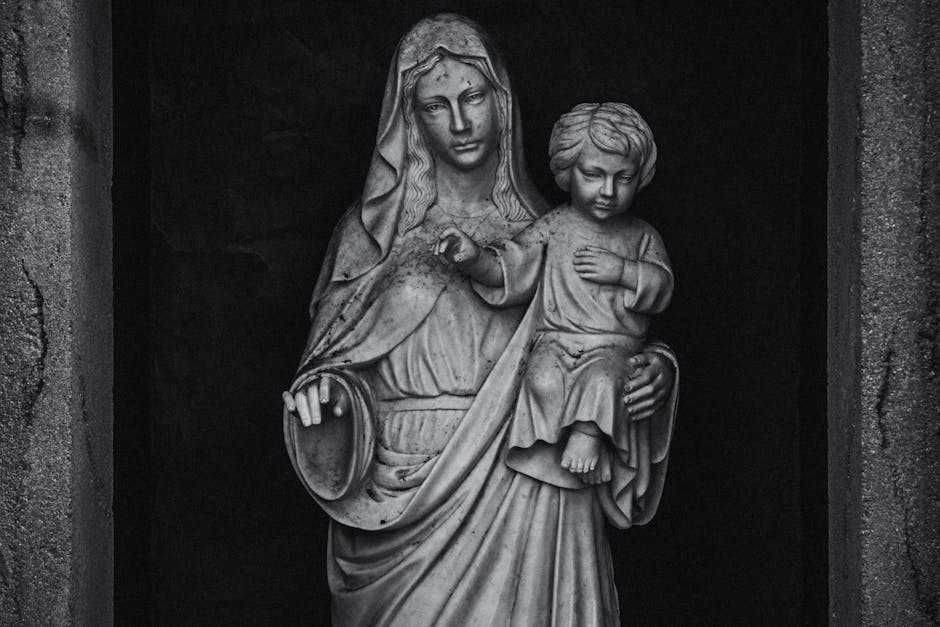Unraveling the Khaki Origin: From British India to Global Icon
The ubiquitous khaki color, synonymous with military uniforms, outdoor gear, and even everyday fashion, boasts a surprisingly rich and complex history. Its journey from the dusty battlefields of British India to the global runways is a fascinating tale of military necessity, colonial influence, and the enduring power of a single shade. This exploration delves into the origins of khaki, tracing its evolution and impact on culture and fashion.
The Birth of Khaki in British India: A Practical Necessity
The story of khaki begins in the late 19th century, amidst the vast and challenging landscapes of British India. The British Indian Army, facing the harsh realities of warfare in the subcontinent’s diverse terrain, needed a uniform that provided both camouflage and protection from the relentless sun. The existing red coats, a hallmark of the British military, were far too conspicuous against the dusty, brown landscapes. This stark contrast made soldiers easy targets, highlighting the urgent need for a more practical alternative.
The solution, eventually adopted, was a dust-colored uniform that blended seamlessly with the surrounding environment. The word “khaki” itself is derived from the Urdu word خَاكی (khākī), meaning “dusty” or “earthy.” This perfectly encapsulates the practical considerations that shaped the color’s early development.

Early Experiments and Adoption: Finding the Perfect Shade
The initial attempts to create a suitable uniform color involved dyeing existing fabrics with readily available natural pigments. Experiments with various dyes and techniques led to the gradual refinement of the khaki shade we recognize today. The exact shade varied across regiments and time periods, reflecting the diverse natural resources and dyeing techniques employed.
One of the key figures in the early adoption of khaki was Lieutenant-Colonel Henry Lumsden, a British officer serving in India. Recognizing the strategic advantage of camouflage, he championed the use of the dust-colored uniform within the army. His advocacy played a crucial role in the widespread adoption of khaki by British troops stationed in India.
Global Expansion: Khaki’s Spread Beyond India
The success of khaki uniforms in India quickly led to their adoption by other British colonial forces and subsequently by armies worldwide. Its practicality and camouflage properties proved invaluable in diverse geographical settings, making it a universally adaptable uniform color.
The Boer Wars of the late 19th and early 20th centuries further solidified khaki’s global reputation. The effectiveness of the khaki-clad British troops in the challenging South African terrain highlighted the color’s camouflage capabilities and cemented its place in military attire.
World War I and Beyond: Khaki’s Rise to Prominence
World War I witnessed the widespread use of khaki uniforms across belligerent nations. The mass production of khaki fabrics and uniforms spurred innovations in dyeing and textile manufacturing, ensuring its availability on a global scale. Khaki’s association with military might and national identity further solidified its position as a powerful symbol.
Following World War I, khaki’s influence extended beyond the military sphere. Its association with ruggedness, durability, and practicality appealed to a growing outdoor and adventure culture. Khaki clothing became popular among explorers, adventurers, and civilians seeking practical and hard-wearing garments.

Khaki in Modern Fashion and Culture: A Versatile Icon
Today, khaki’s versatility transcends its military origins. It’s a staple in modern wardrobes, found in everything from chinos and jackets to dresses and accessories. Its neutral tone makes it easy to pair with other colors, while its enduring association with practicality and durability maintains its appeal.
The color’s adaptability has also led to variations in shade and tone, offering a wide spectrum of khaki hues to suit diverse tastes and styles. From olive green to beige and sandy tones, the khaki family encompasses a range of colors that cater to diverse fashion preferences.
Khaki’s Cultural Significance: Beyond the Uniform
Beyond its practical applications, khaki carries a significant cultural weight. Its association with military history, colonial expansion, and global conflicts imbues it with both positive and negative connotations. Understanding this complex history is crucial to appreciating its broader cultural significance.
Furthermore, khaki’s evolution in fashion reflects broader societal shifts. Its adoption by designers and brands showcases its adaptability and its capacity to evolve alongside shifting trends and styles. The color’s enduring popularity speaks volumes about its capacity to transcend specific eras and contexts.
The Enduring Legacy of Khaki
From its humble beginnings as a practical solution in the dusty plains of British India, khaki has journeyed to become a globally recognized and widely adopted color. Its journey reflects a fascinating interplay of military necessity, technological advancements, cultural influences, and shifting fashion trends. Understanding the khaki origin offers a unique lens through which to explore the history of warfare, colonialism, and the enduring power of a single shade.

- Key takeaways: Khaki’s origin is rooted in the practical needs of the British Indian Army.
- Key takeaways: Its global spread was facilitated by colonial expansion and World War I.
- Key takeaways: Today, it’s a versatile color used in fashion and beyond.
